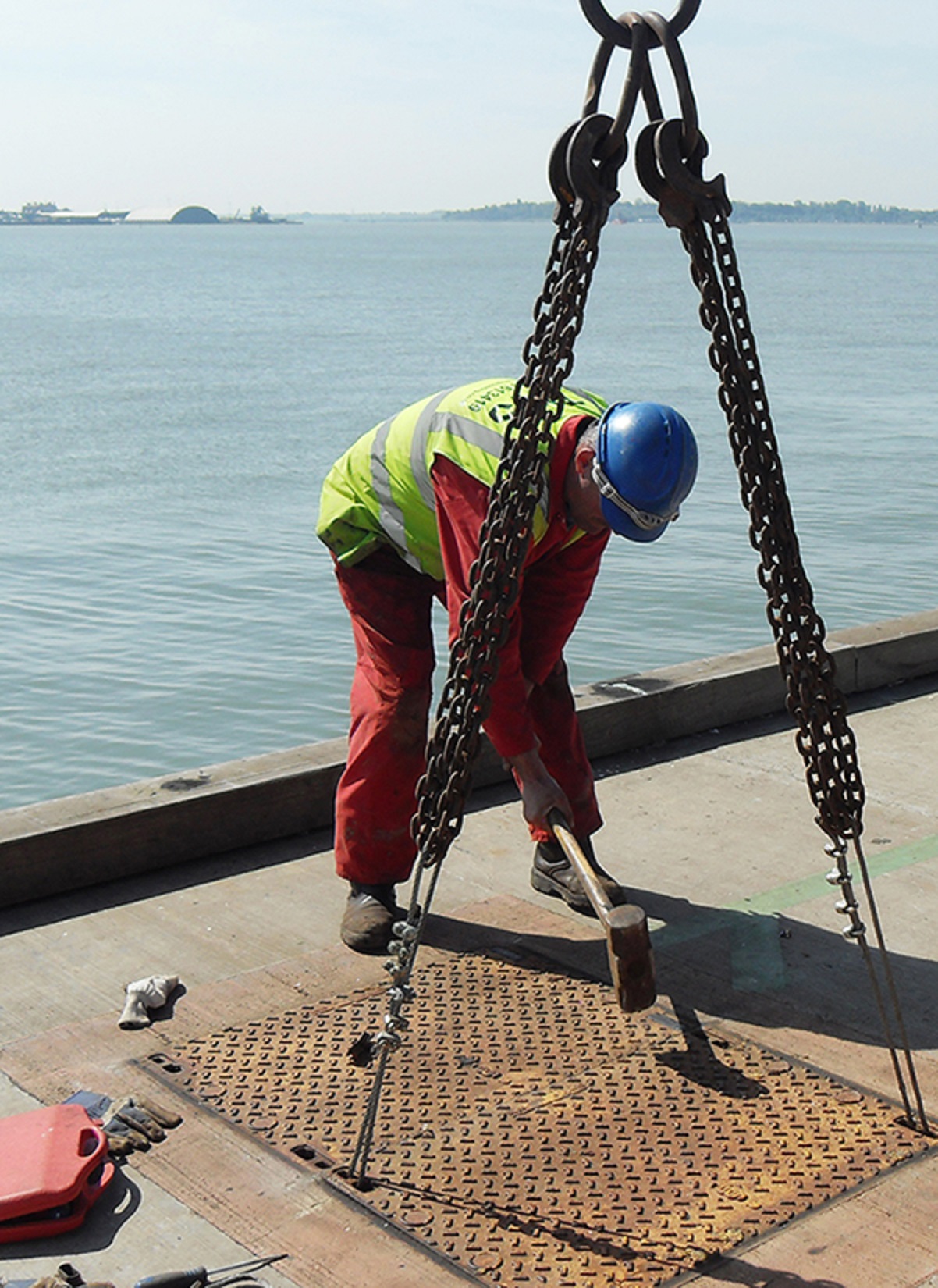Fibrelite has developed F900 composite trench covers that are a lightweight alternative to traditional heavy concrete and metal access covers, used in areas imposing particularly high wheel loads such as aircraft pavements, taxiways of civil airports, shipping ports and dockyards.
Fibrelite supplied the F900 heavy duty trench covers to a large dockyard in the south east of the UK. Their work inspectors were exploring replacement options for extremely heavy and corroding steel covers that had been installed years earlier, these extremely heavy covers required a crane and dedicated lifting equipment, which incurred a financial cost with equipment and manpower to lift the covers every time the ships come into dock.
Because of legislation restricting acceptable manual handling weights, there is a global trend towards lighter weight fiber reinforced plastic composite manhole and access cover materials, which also have the benefits of ease of handling and corrosion resistance, the company suggests.

Cost reduction
According to David Holmes, Fibrelite's technical director and head of product development, the composite trench covers have eliminated costly and time consuming procedures, as well as allowing for a load rating of up to 90 tonnes. ‘The associated increase in productivity and significant reduction in costs were huge benefactors for the consulting engineers and customers alike,’ he said. ‘Having re-configured the internal fibreglass architecture we can meet the permanent set and test load requirements of BS EN 124, Class F900 (when tested in accordance with the Air BP test footprint).’
The design of the covers incorporates up to two lifting points for specially designed lifting handles. These allow the operator to remove the cover without trapping fingers or bending over thus maximising the safety of the lifting technique.
This story is reprinted from material from Fibrelite, with editorial changes made by Materials Today. The views expressed in this article do not necessarily represent those of Elsevier.






